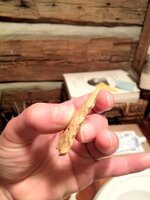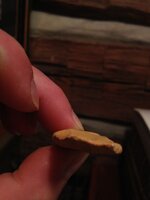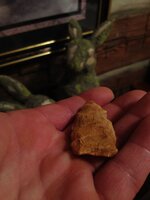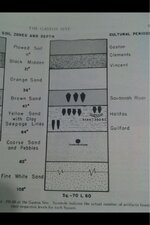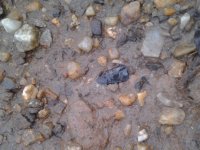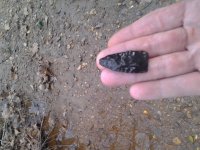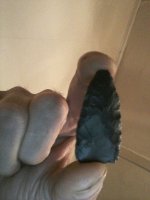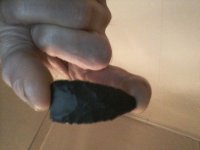NC field hunter
Silver Member
- Jul 29, 2012
- 4,227
- 1,623
I posted a point earlier today that I found several years back. I have labeled this point guilford then Clovis then guilford then.... Well, you get the picture. I just ran across an article on arrowheads.com that is about a previously unreported fluted point found in the piedmont area of NC. That caught my eye. I read that the point was found in Durham NC. That's 15 or 20 minutes away from my back door. My eye is really caught!! I looked at the pic. And I think I have another of its kind.
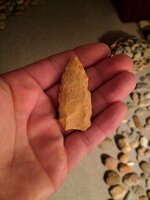
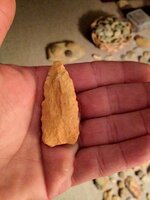
Just like the point shown in the article, the "ears" are broken on mine, and the "flute" just kinda gets ground into the point, with no notice of the flutes end. I couldn't post the link. Not sure if it's due to my use of a phone for posting, my lack of knowing how to use a phone, or because the link I was attempting to use is a competitor of ours. I doubt the last one, and am leaning more toward my not knowing how to add a link.


Just like the point shown in the article, the "ears" are broken on mine, and the "flute" just kinda gets ground into the point, with no notice of the flutes end. I couldn't post the link. Not sure if it's due to my use of a phone for posting, my lack of knowing how to use a phone, or because the link I was attempting to use is a competitor of ours. I doubt the last one, and am leaning more toward my not knowing how to add a link.
Amazon Forum Fav 👍
Upvote
0


